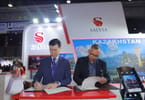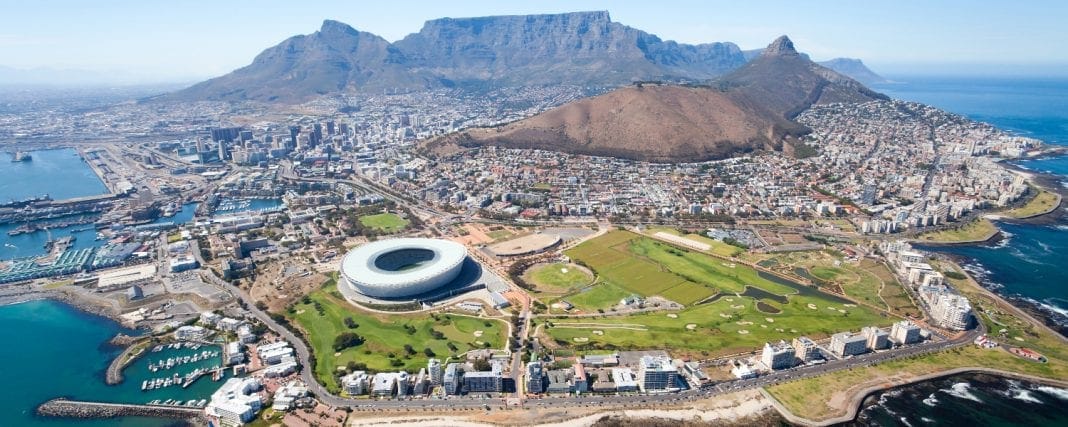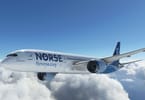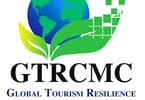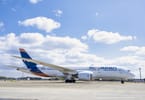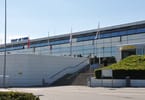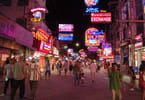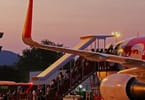The head of an international aviation group said Monday the only way for Japan’s struggling airline industry to recover is to serve as a gateway to China and he urged reforms and cost-cutting.
Japan has slipped from being a leader in the Asia-Pacific market and its competitiveness is “at risk” because it has lagged in cost-cutting, liberalization and other reforms for decades, said Giovanni Bisignani, chief executive of the International Air Transport Association.
The recent bankruptcy filing of Japan Airlines Co., the signing of an Open Skies agreement with the U.S. and planned runway expansion at Tokyo’s two main airports are “a wake-up call for urgent change,” Bisignani said. He urged Japan to use the opportunity to speed up industry reforms and rebound.
Bisignani said Japan should take advantage of being a neighbor of booming China. He urged Tokyo to build up its strength to compete with rival regional hubs including South Korea’s Inchon, as well as Singapore and Hong Kong, “to serve a gateway to China, which is where the future is.”
“You are located in a wonderful part of the world, with China in front of you. This is the only opportunity that you have,” he said. “Take advantage of this area of the world where the traffic is still growing. … Why can’t you play a role as hub entering into China? Why leave this to Inchon or Singapore?”
Bisignani was to meet with Japan’s Transport Minister Seiji Maehara later Monday to make similar suggestions.
Over the past decade, Japan’s total jet fleet size has grown to 540 and China to 1,400 from about 480 each. Japan’s market size has hardly changed during the period, with international seats now at 1.3 million per week, while China has outgrown Japan from 500,000 to 1.4 million, according to industry figures. IATA represents 240 airline companies worldwide.
China’s expansion gives a great opportunity for Japan that “you cannot miss,” Bisignani said. But he said airport fees at Tokyo’s Narita and Haneda airports are too high at about twice Singapore’s level.
Tokyo’s new government has said Japan has too many airports due to often-wasteful public works projects promoted by previous administrations. Japan, the size of California, has 98 airports and the newest, which opened near Tokyo in March, has only one regular daily flight.
Maehara has said he will not build any more airports.
Bisignani supported the view, calling for his leadership to also resolve the “incredible situation” in western Japan, where three airports with five runways altogether are vying for 36 million passengers. Singapore’s Changi Airport accommodates just as many passengers with its two runways and is one of Asia’s most profitable airports.
“Building airports and runways for political purpose is a luxury that the industry and Japanese taxpayers cannot anymore afford,” he said. “It’s bad for the industry, it’s bad for the taxpayers.”
WHAT TO TAKE AWAY FROM THIS ARTICLE:
- The head of an international aviation group said Monday the only way for Japan’s struggling airline industry to recover is to serve as a gateway to China and he urged reforms and cost-cutting.
- He urged Tokyo to build up its strength to compete with rival regional hubs including South Korea’s Inchon, as well as Singapore and Hong Kong, “to serve a gateway to China, which is where the future is.
- “You are located in a wonderful part of the world, with China in front of you.



